Warner Park’s wetland was sampled for fireworks metals and perchlorate before and after the 2012 Rhythm and Booms extravaganza.
Rick Wenta, an environmental field technician with the Madison/Dane County health department took samples of water in four spots, along with dissolved oxygen, and Ph levels.
The first samples were pulled Friday June 29.
(Click on any photo to enlarge)
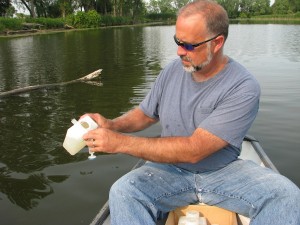
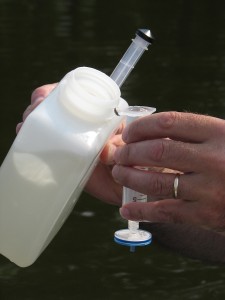
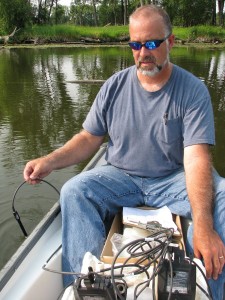
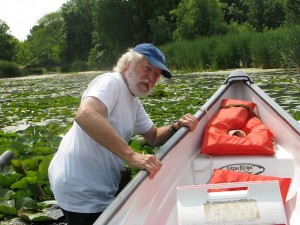
Rhythm & Booms spectacular fireworks display, June 30, thrilled those who watched from Warner Park, in boats off Warner beach, and front yards for miles around. Here is the last 30 seconds of the fireworks, shot with a handheld digital camera from Warner’s high meadow:
The following morning, July 1, Rick Wenta and Jim Carrier went back to the same four spots and pulled duplicate water samples. Similar tests will be taken one week, and one month later.
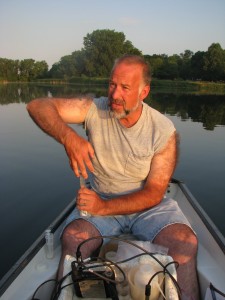
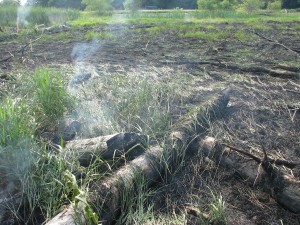
At first glance, and from a distance the water looked OK. Volunteers in canoes — including Wild Warner Secretary Marie Jacobsen’s boy scout troop, and Treasurer Tim Nelson — began picking up trash. But the closer you looked the more you could see a fairly dense residue, tiny bits of stuff, floating in the water. It could have been ash, which could be seen in the sky, drifting southwest, and which fell on neighborhood homes. On the wetland’s west side, between the dog park and the cattails, the debris was obvious, either floating on the water, or held by water lilies.
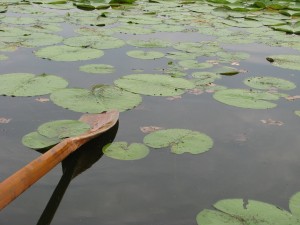
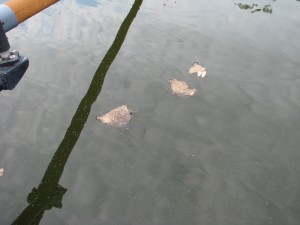
By 8 a.m. much of the larger pieces had sunk out of sight. But lily pads held evidence of the fireworks fallout. The black specks “are some kind of insect,” Rick reported after examining them under a dissecting microscope. “The ones that I observed were active. They were of disparate sizes, so there were several ages present. The white material, that I didn’t remember seeing on Friday, is desiccated shells that the larger ones must have molted.”
Here are several photos:
By midmorning, wildlife began to repopulate the wetland. Warner’s cranes were spotted, for example, and the following critters appeared happy to have their park back:
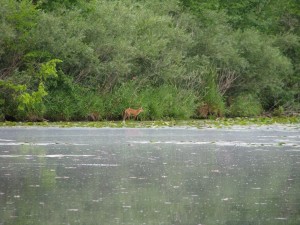
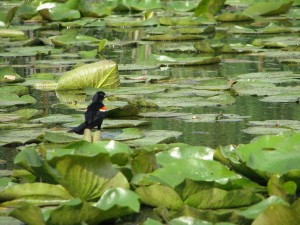
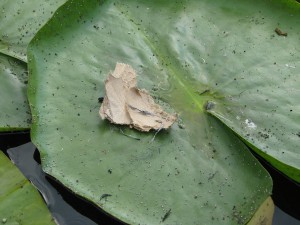
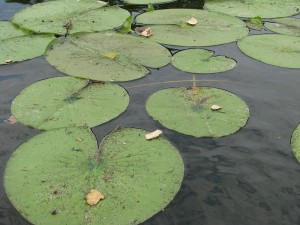
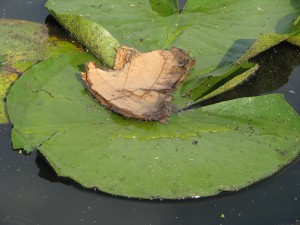
You must be logged in to post a comment.